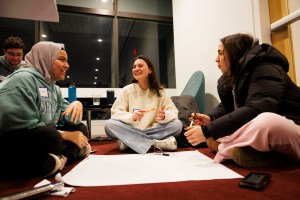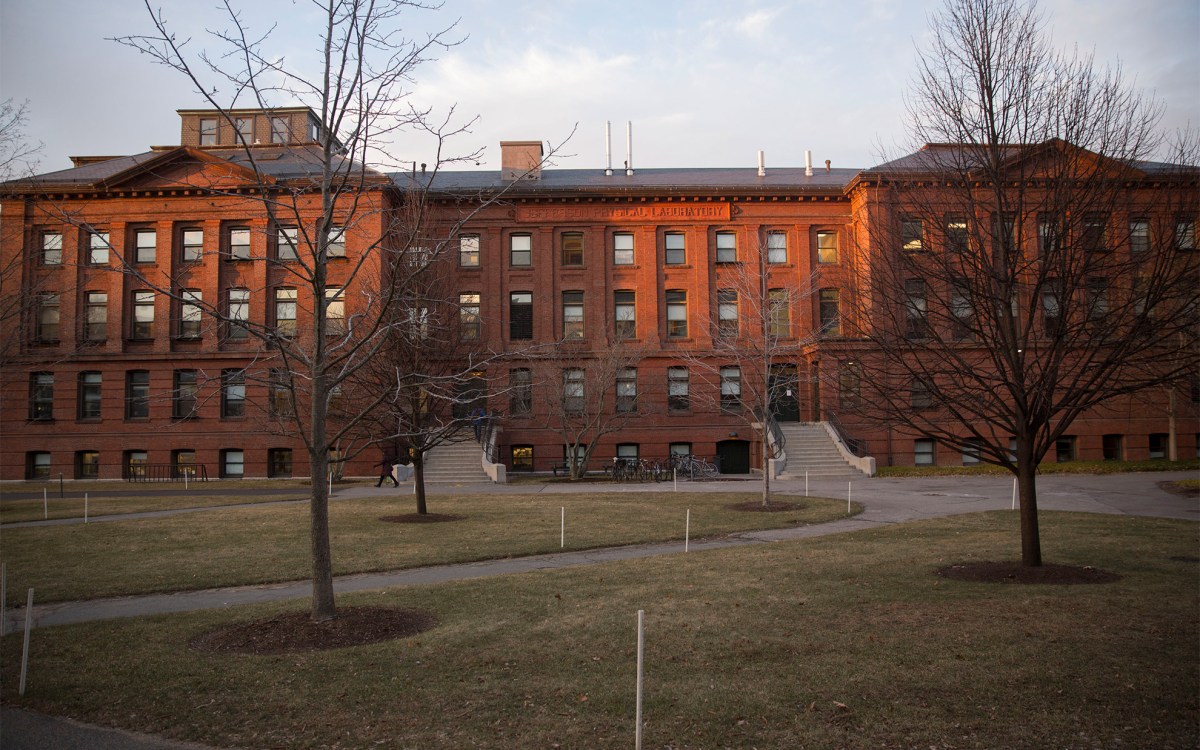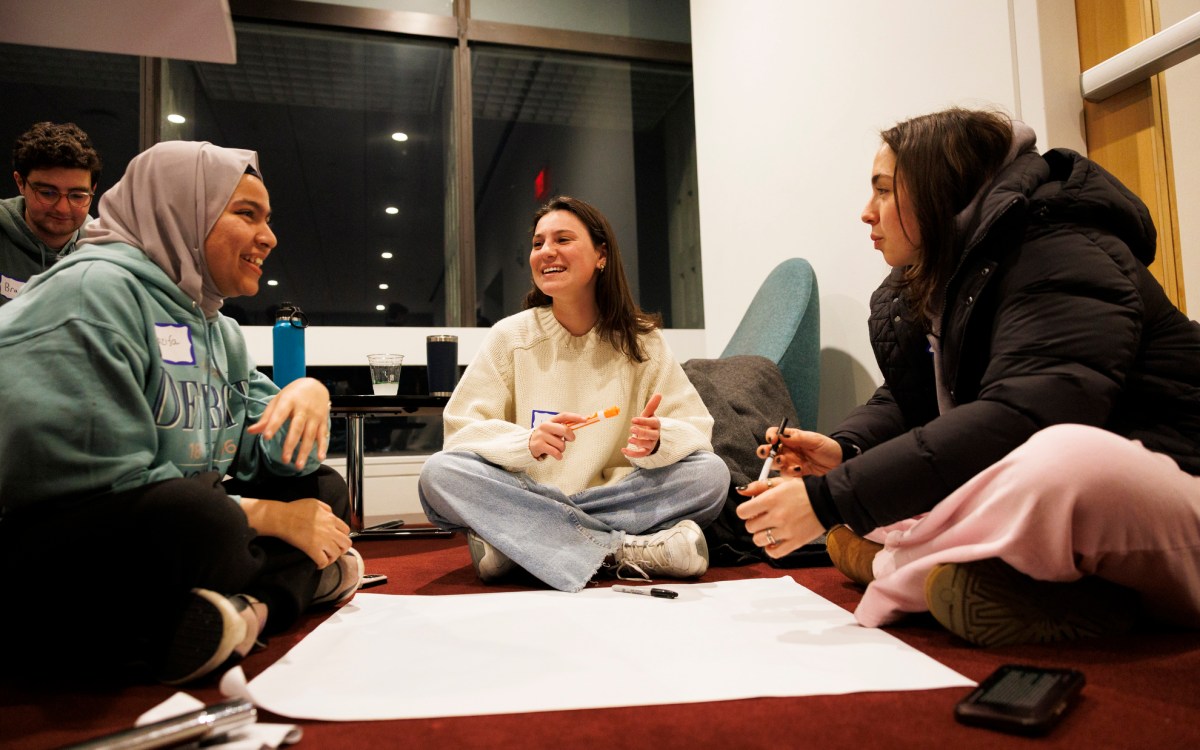NAGPRA Conference at Peabody To Discuss Repatriation Issues
The Peabody Museum will host a symposium on the Native American Graves Protection and Repatriation Act (NAGPRA).
A Decade of NAGPRA: Reviewing the Law will take place Friday, April 14th, 10 a.m. to 5:30 p.m. at Adolphus Busch Hall, 27 Kirkland St. and is being held with the sponsorship of Harvards Native American Program. The symposium is free and open to the public.
NAGPRA, which became federal law in 1990, requires museums to inventory and return native American human remains, sacred and funerary objects, and objects of cultural patrimony for which the appropriate tribal relationships can be established.
“Were hoping that the symposium will bring together people from the various communities involved with NAGPRA and get them talking to each other,” said Rubie Watson, the Howells Director of the Peabody Museum of Archaeology and Ethnology.
Although NAGPRA has resulted in numerous repatriations to
Native American tribes, including many objects and remains from the Peabodys collections, it has also engendered unceasing debate and is still considered by some parties to be obscure and/or inadequate.
This symposium will provide an examination of the record by distinguished administrators, archaeologists and lawyers who have been involved in the law’s process, and their assessment of future developments.
Watson predicted that one of the main subjects of debate will be the question of culturally unidentifiable human remains remains that cannot be positively connected with a present-day tribe. According to Watson, about 40 percent of all human remains currently in American museums and university collections fall into this category.
“The law was silent on how these remains should be treated, and so Im sure that this is an issue that will be discussed,” she said.
Also on the agenda for the symposium will be a review of the last 10 years with regard to NAGPRA, Watson said, adding that the participants will concentrate on issues of the law itself, rather than a complete assessment.
The speakers and discussants are eminently qualified to address themselves to this task. They include representatives of the museums, the archaeological community, the National Park Service (which has the job of interpreting NAGPRA on a day-to-day basis), the legal community, and Native Americans.
One of the discussants, Allan Ryan, an attorney in the General Counsels Office, who has represented the University in several repatriations, said he hopes the symposium will bring the different parties in the repatriation process closer together.
“Its easy for museums to overlook the fact that for Native Americans this is a deeply personal and spiritual matter. And for Native Americans, it can sometimes be easy to overlook the fact that its a process governed by law,” Ryan said.
He believes that the symposium has the potential to resolve differences before they escalate into larger problems.
“There will always be bumps in the road, but the more we can get the two sides together, the more likely that disagreements will be resolved by discussion rather than litigation.”




